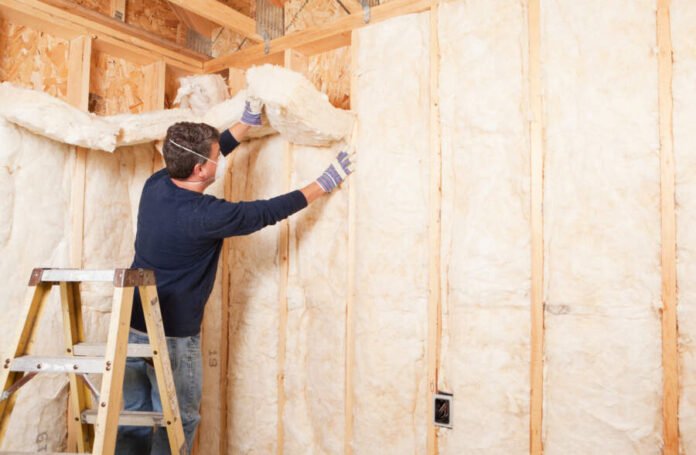Several homes are ill-insulated, and if you’re moving into a new one, there are telltale indications that it’s not properly sealed. A poorly insulated home might leave you shivering or cause your energy expenses to skyrocket unexpectedly. But there are a few nuances to watch to determine if insulation is the major issue.
Elevated Energy Bills
Look at your energy bills from the past few years to determine if your property is adequately insulated after installing insulation, particularly blow-in insulation in the attic. There’s a significant likelihood that your thermal shielding has diminished in effectiveness over time, and you require new insulation if your prices have been rising gradually.
The gradual decline in your insulation’s capacity to maintain comfort conditions may have escaped your notice, but it will be obvious to see in your monthly energy bills. If that’s the case, greater insulation is something you should look into.
Wide Temperature Disparities Across Rooms
Walking from one room to another and noticing a drastic temperature change is a good indicator that your home has poor insulation. Naturally, an exemption exists if one room has an open window and the other has not.
Nonetheless, all else being equal, your home should look quite uniform throughout. Experiencing significant temperature changes may indicate that your home’s insulation needs to be replaced.
Cold Drafts
Did you ever enter a room, lock the windows and doors, and feel a refreshing breeze? This is a regular occurrence in the spaces between window and window frames.
You can use either spray or sheets to insulate the windows and door frames. If you seal these cracks and crevices, your home will have far better insulation.
High-Temperature Swings
Are you aware of how easily the temperature in your house adapts to changes in the outside air? Without insulation, a house can quickly become dangerously cold or hot as the seasons change.
Insulate your home if you notice that the outside temperature significantly impacts the comfort level inside.
Cold Ceilings, Walls, and Floors
As the initial line of defense, a house’s framework keeps out the elements. It’s a solid sign that your home isn’t well insulated if you can feel the cold through the floor, walls, and ceiling. You must feel comfortable in a dry, warm environment in these rooms.
Alternatively, you want your exterior walls to be ice cold since your insulation is doing its job well and keeping the heat inside where it belongs. It may be time to increase insulation, where you feel the cold through the floor, walls, and windows.
Freezing Water Pipes
If you reside in a region where temperatures drop below freezing and your home isn’t well insulated, you risk experiencing frozen pipes. If this happens, you may notice more than ice-cold water coming from your faucets.
Pipes that freeze over might explode, causing costly water damage. Under-insulation is almost certainly the cause of frozen pipes. It’s time to put money into greater insulation.
Conclusion
Consider spending money on a residential energy audit for quality insulation if you think there may be problems with your insulation. The domestic energy evaluation may involve using infrared equipment to spot areas where the air is escaping. In addition to saving you expenses and the discomfort of bare feet in the morning, experts can advise you on the best materials and maintenance practices.
Read Also: 5 Home Repairs You Should Never Attempt on Your Own






























































